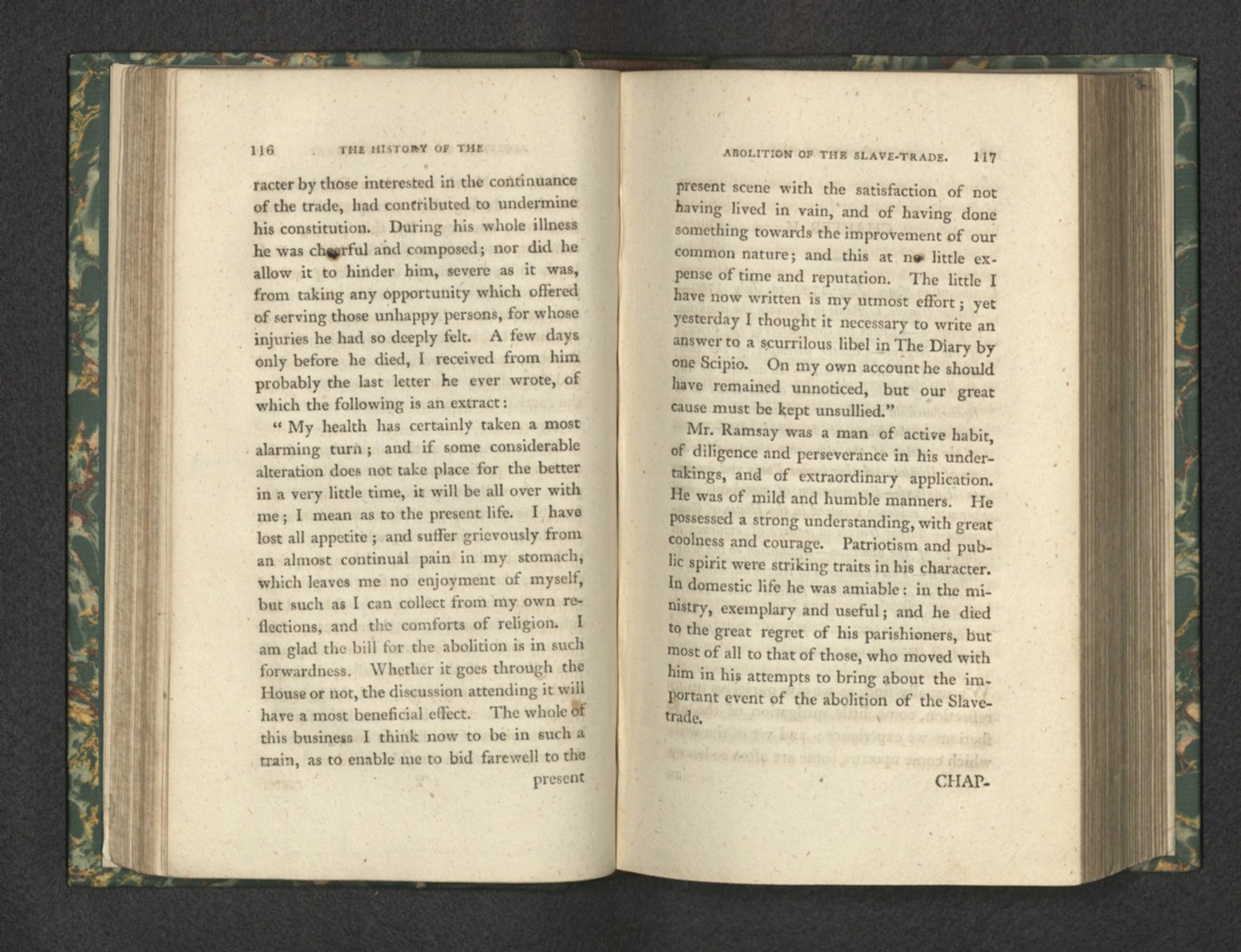Item request has been placed!
×
Item request cannot be made.
×
 Processing Request
Processing Request
(Text page to) Vol II The history of the rise, progress, and accomplishment of the abolition of the African Slave-trade by the British parliament
The history of the rise, progress, and accomplishment of the abolition of the African Slave-trade by the British parliament
Text: Vol II The history of the rise, progress, and accomplishment of the abolition of the African Slave-trade by the British parliament
Item request has been placed!
×
Item request cannot be made.
×
 Processing Request
Processing Request



No Comments.